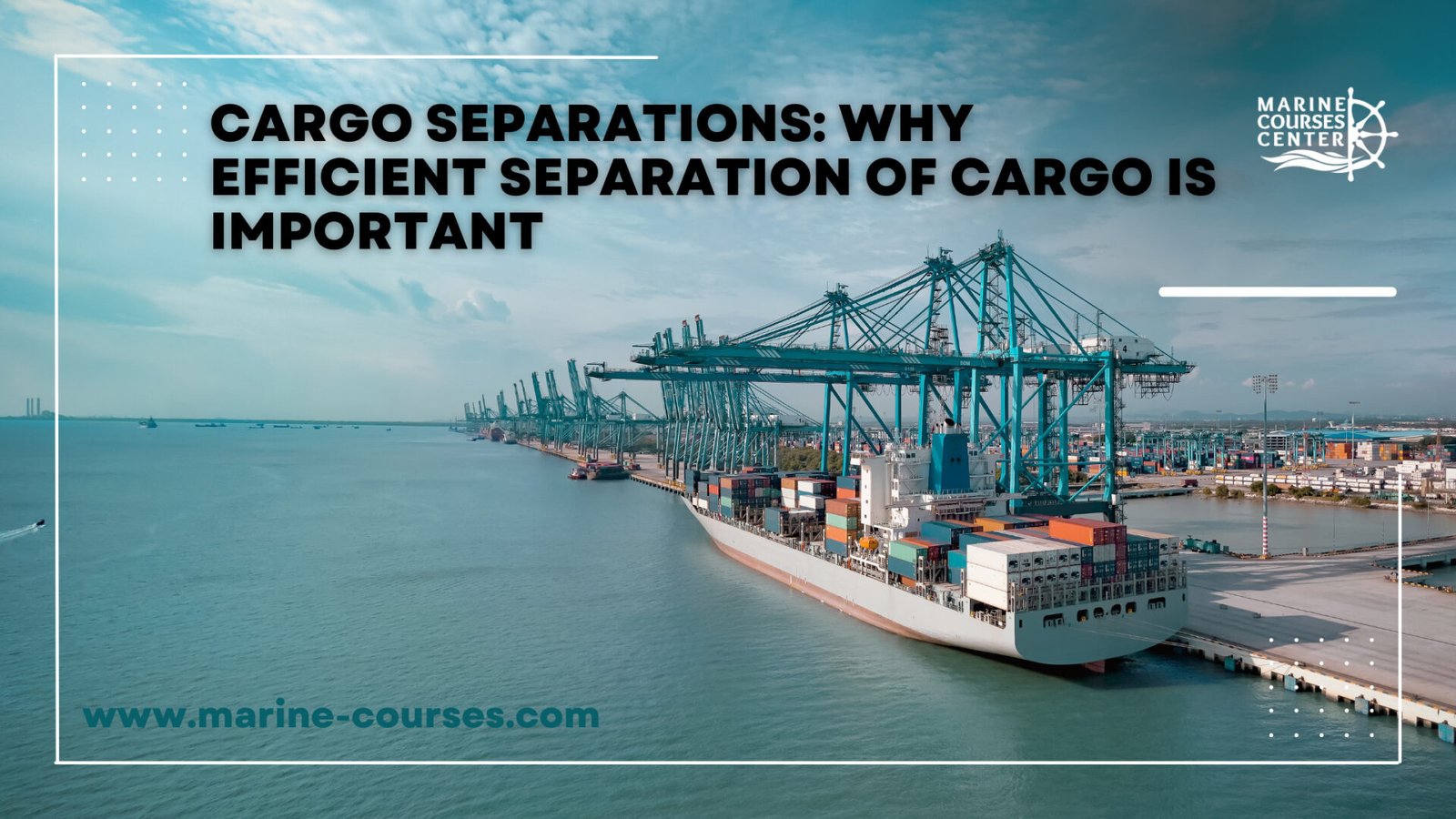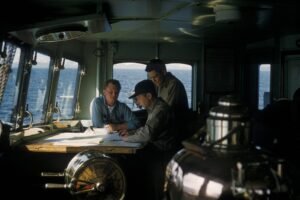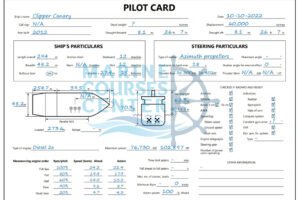
Cargo Separations: Why Efficient Separation of Cargo is Important

Cargo Separations: Why Efficient Separation of Cargo is Important
As the shipping industry continues to grow, it becomes increasingly important to ensure that cargo is efficiently separated. Cargo separation is essential to prevent the mix-up of different shipments, and there are several reasons why cargo separation is necessary.
Different Grades of Goods
In many cases, different grades of goods can have identical packing. For example, cotton of different qualities can be packaged in the same way. To prevent mix-ups, it is necessary to separate cargo of different grades, even if they have the same packaging. This ensures that each shipment is delivered to the correct recipient.
Different Receivers
Sometimes, the same cargo needs to be delivered to different receivers. In such cases, cargo separation becomes critical to prevent confusion and ensure that each shipment is delivered to the correct recipient.
Different Destinations
When the same cargo needs to be delivered to two different ports, cargo separation is essential. This ensures that the cargo is delivered to the correct port and is not mixed up with shipments destined for other ports.
Importance of Cargo Separation
The chief officer and officers must always consider the importance of cargo separation. Stevedores in some discharge ports may be illiterate, and separations aid discharge, making it easier to identify cargo for different ports or consignees. At the discharge port, the officer on watch (OOW) must ensure that the stevedores take note of the separations, preventing expensive resorting ashore.
Achieving Cargo Separation
Several methods can be used to achieve cargo separation:
Marking One Shipment with a Distinctive Mark in Cargo Separations
Using a distinctive mark on one shipment makes it easier to identify and separate it from other shipments.
Using Coloured Separation Nets in Cargo Separations
Coloured separation nets can be used to separate cargo. Each shipment can be covered with a different-coloured net, making it easy to distinguish between shipments.
Using Ropes in Cargo Separations
Different-coloured ropes can be used to separate cargo. The ropes can be tied around each shipment, making it easy to identify and separate cargo.
Marking with Paint in Cargo Separations
Marking cargo with paint is an effective way of separating it. However, the paint used must be water-soluble to prevent damage to the cargo. For example, timber cargo can be marked with water-soluble paint.
Using Layers of Dunnage in Cargo Separations
Flatboard or plywood can be used as dunnage to separate cargo. Each shipment can be placed on a different layer of dunnage, making it easy to identify and separate cargo.
Using Tarpaulins in Cargo Separations
Canvas tarpaulins can be used to cover each shipment, making it easy to identify and separate cargo.
Using Coloured Adhesive Tape or Paint in Cargo Separations
Coloured adhesive tape or paint can be used to separate cargo. Each shipment can be marked with a different-coloured tape or paint, making it easy to identify and separate cargo.
Leaving Horizontal Distance Between Different Shipments in Cargo Separations
Leaving horizontal distance between different shipments is an effective way of separating cargo. This method is particularly useful for cargo of different form, shape, or packing.
Conclusion of Cargo Separations
Cargo separation is essential to ensure that each shipment is delivered to the correct recipient. It prevents mix-ups and confusion, ensuring that cargo is delivered to the correct port or consignee. There are several methods of achieving cargo separation, including marking cargo with paint or a distinctive mark, using coloured separation nets, and leaving horizontal distance between different shipments.
FAQs in Cargo Separations
- Why is cargo separation necessary? Cargo separation is necessary to prevent the mix-up of different shipments.
- What are the different methods of achieving cargo separation? Some methods of achieving cargo separation include marking cargo with a distinctive














